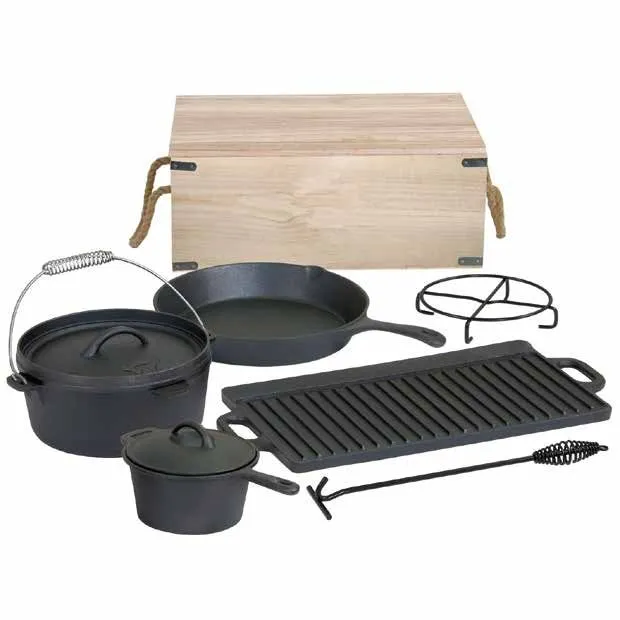ridged grill pan
Don't settle for subpar cooking equipment—choose cast iron camping cookware for reliable performance and delicious results every time. Visit our website today to explore our full range of cast iron camping cookware and find the perfect additions to your camping gear. Prepare for your next adventure with the best in outdoor cookware!


